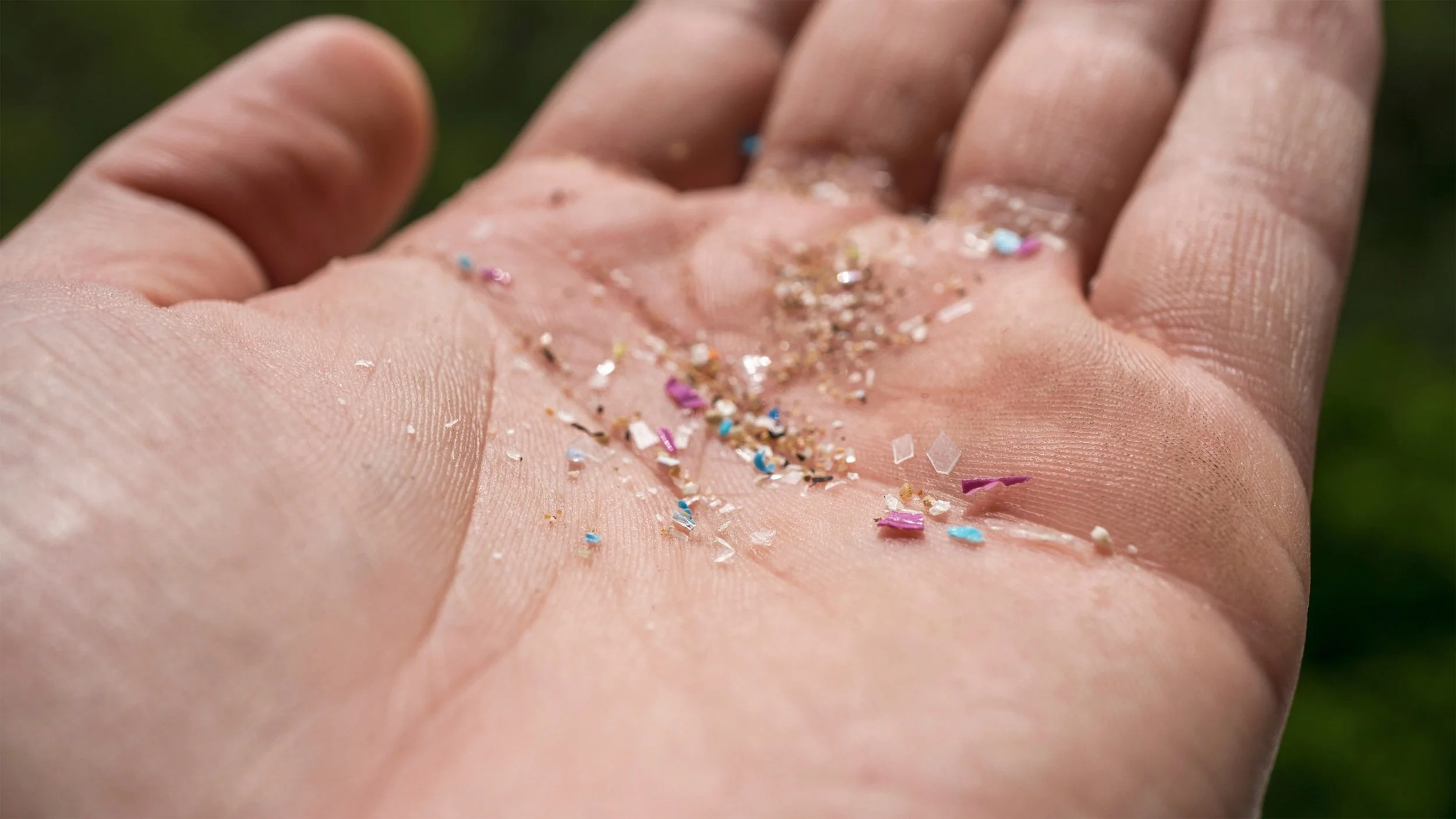Researchers at the University of California, Berkeley have developed a very smart process that has to potential to close the loop on plastic waste by essentially vaporizing plastic into its basic building blocks!
The team published their findings in the peer-reviewed journal Science. In this article, we explain how it works and why this could be a very big deal.
Image Credit: Me dia via Shutterstock / HDR tune by Universal-Sci
The Limitations of Traditional Plastic Recycling
Traditional recycling methods struggle to efficiently manage plastic waste, particularly polyethylene (a plastic mostly used for packaging materials) and polypropylene (a slightly harder plastic used for things like plant pots, housewares, piping etc.), which together account for about two-thirds of worldwide consumer plastic waste.
Degradation in plastic quality
Conventional recycling typically involves melting and remoulding plastics, which often leads to a degradation in quality. Recycled plastics are often downcycled into lower-value products with limited reuse potential.
This downcycling process not only reduces the utility of recycled plastics but also limits their ability to replace pristine plastic in high-quality applications.
Inefficient
Another problem with the way we currently recycle plastics is that it is often inefficient when dealing with mixed plastic waste streams, where different types of plastics are combined. This mixture can complicate the recycling process, further reducing the quality and quantity of materials that can be recovered.
A New Approach: Breaking Plastics Down to Their Building Blocks
The team at UC Berkeley, led by chemistry professor John Hartwig, has developed a chemical process that addresses these challenges head-on.
Their method involves breaking down the aforementioned polyethylene and polypropylene plastics into their original hydrocarbon building blocks, known as monomers.
How it works: The process uses two key catalysts (materials that speed up the chemical reaction): sodium on alumina and tungsten oxide on silica. The sodium catalyst first cracks the long polymer chains, creating reactive sites with carbon-carbon double bonds.
The tungsten catalyst then adds carbon atoms to these sites using ethylene gas, producing propylene, a valuable hydrocarbon. This sequence, known as olefin metathesis, continues until the entire polymer chain is converted.
These monomers can then be polymerized to create new, high-quality plastics that are virtually indistinguishable from pristine materials.
Amazing benefits
This new way of breaking down plastic waste means a significant leap forward in plastic recycling for several reasons:
Reuse without loss in quality
Unlike traditional recycling, which often results in lower-grade plastics, this process restores plastics to their original monomers. This means the recycled material can be used to produce new plastics with the same properties as those made from pristine plastics, enabling endless cycles of reuse without degradation in quality.
Broadly Applicable
The new process is specifically designed to target polyethylene and polypropylene, the two most common types of plastic waste found in landfills and oceans. These plastics are notoriously difficult to recycle using traditional methods.
Increased Efficiency and Yield
The UC Berkeley process boasts impressive efficiency, converting up to 90% of the plastic waste into valuable hydrocarbon building blocks. This is in stark contrast to many existing recycling methods, which often suffer from low efficiency and significant material loss
Scalable
One of the most promising aspects of this new process is its potential for widespread use. The researchers replaced expensive, short-lived catalysts with cheaper, solid catalysts. These solid catalysts can be reused.
Better Handling of Mixed Plastic Waste
As mentioned, traditional recycling processes tend to struggle with mixed plastic waste. This new chemical method can more efficiently process a combination of polyethylene and polypropylene. (Although smaller amounts of contaminants like PET or PVC reduce efficiency, the process remains robust enough to handle typical plastic waste streams a lot more effectively than established methods).
The earth has a huge plastic waste problem - (Image Credit: salajean via Shutterstock / HDR tune by Universal-Sci)
Redesigning plastics from the ground up versus more effective recycling
While challenges remain in scaling this technology to meet the demands of global plastic waste management, the UC Berkeley team’s breakthrough brings us closer to realizing a circular economy for plastics.
There is a school of thought within the scientific community that wants to completely redesign plastics from the ground up, an admirable goal but perhaps not realistic on a worldwide scale in the short term.
Professor Hartwig: "One can argue that we should do away with all polyethylene and polypropylene and use only new circular materials. But the world's not going to do that for decades and decades. Polyolefins are cheap, and they have good properties, so everybody uses them."
While the ultimate goal of completely overhauling plastics should remain on our horizon, this new recycling process offers a viable path forward offering huge benefits in the meantime.
If you are interested in more details about the study be sure to check out the paper published in the peer-reviewed journal Science, listed below.
Sources and further reading:
Dutch scientists may have solved the missing plastic paradox (Universal-Sci)
Scientists developed an ingenious type of 'living bioplastic' that breaks itself down (Universal-Sci)
The oceans are full of plastic, but why do seabirds eat it? (Universal-Sci)
Polyolefin waste to light olefins with ethylene and base-metal heterogeneous catalysts (Science)
Too busy to follow science news during the week? - Consider subscribing to our (free) newsletter - (Universal-Sci Weekly) - and get the 5 most interesting science articles of the week in your inbox
FEATURED ARTICLES:








